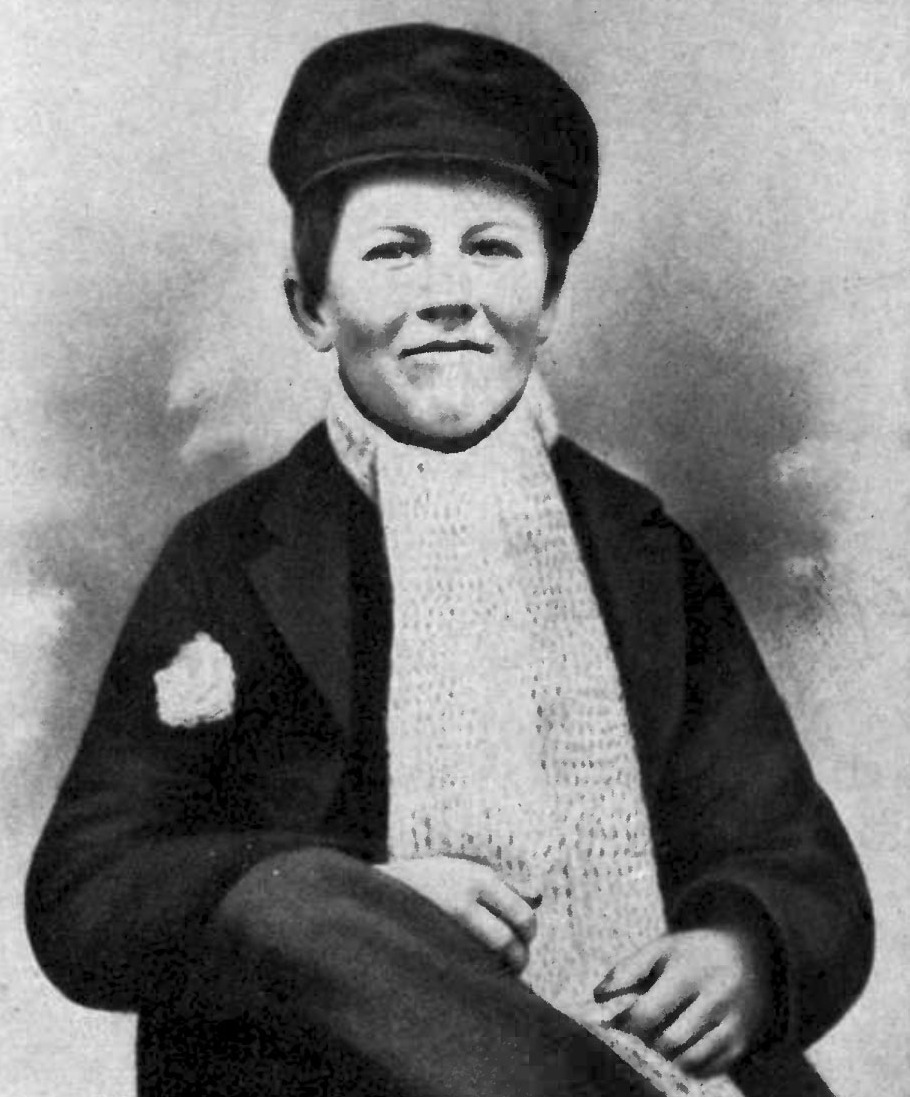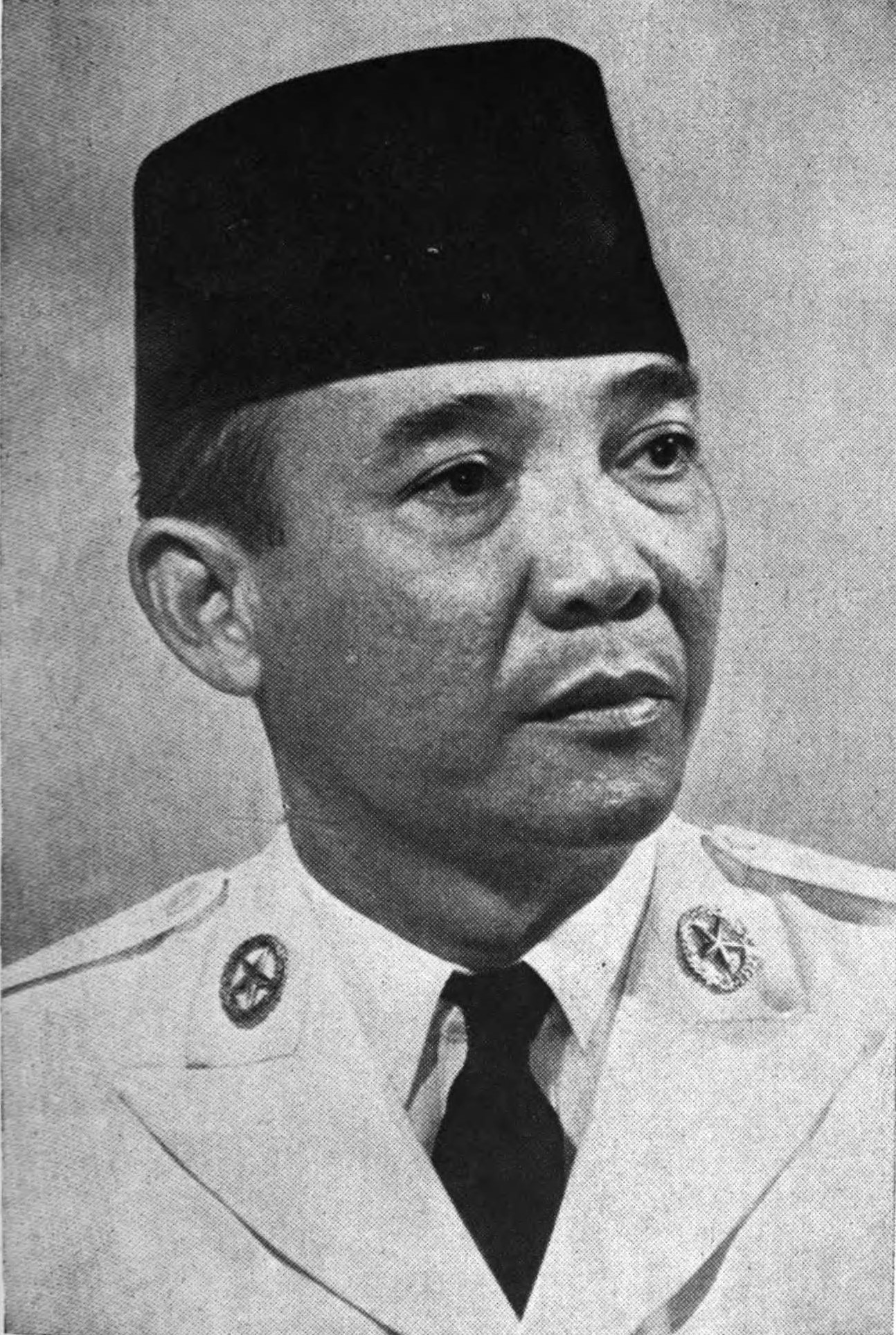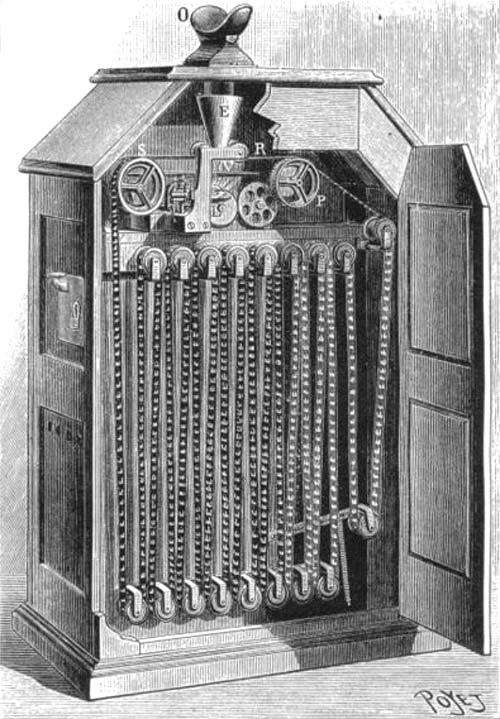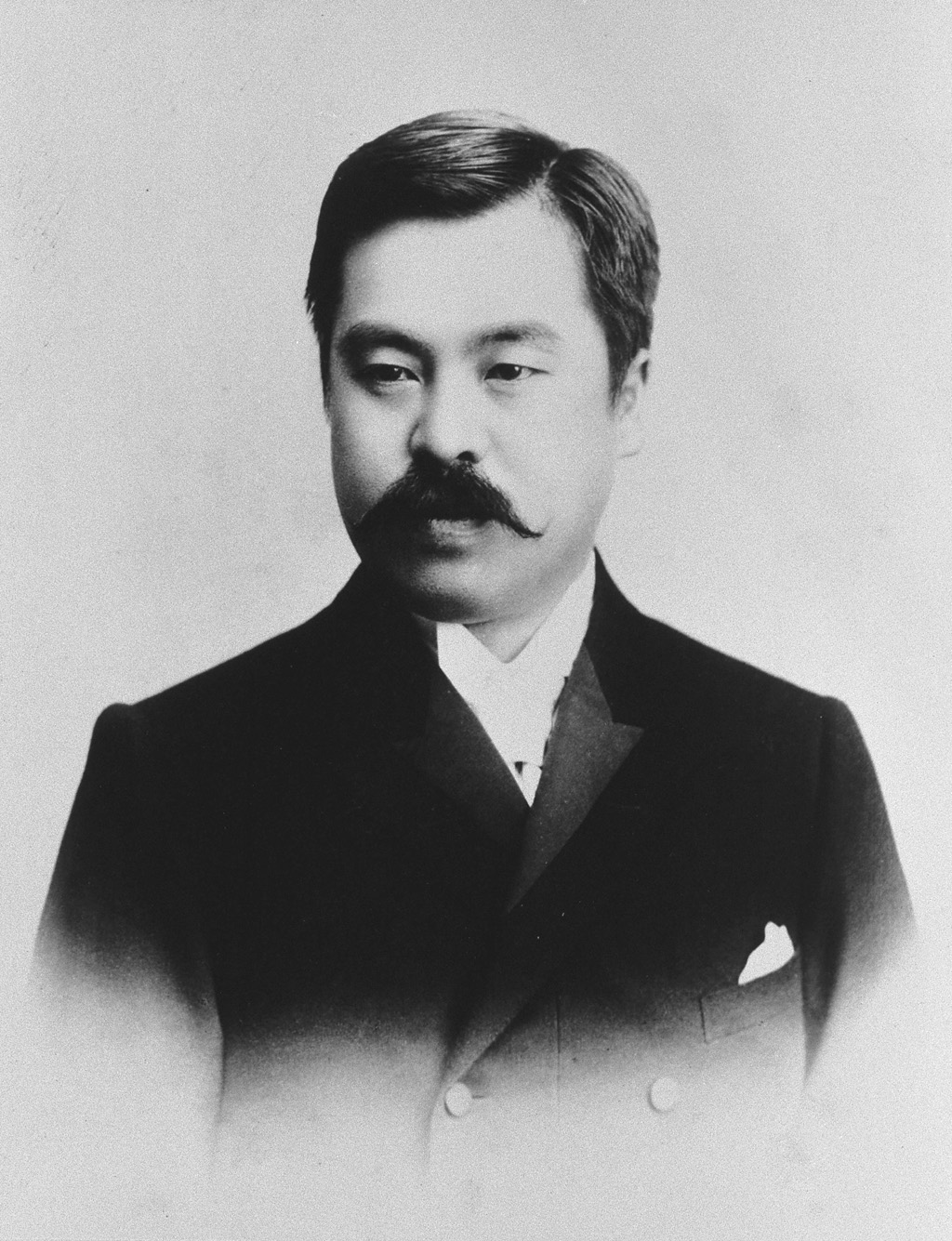|
Inabata Katsutarō
was a Japanese industrialist and film pioneer. Career Born to a Kyoto family that ran a long-standing wagashi store, Inabata attended the Kyoto-fu Shihan Gakkō (now the Kyoto University of Education) and in 1877 earned a scholarship to attend the La Martinière technical school in Lyon. One of his classmates there was Auguste Lumière, who was later one of the inventors of the cinematographe. After studying weaving and dying technology for eight years, Inabata returned to Japan in 1885 and, after teaching others about what he learned, started his own company, Inabata Senryōten (later Inabata & Co., Ltd.), in 1890. He later moved the company to Osaka and focused his business on dying military uniforms. Achieving success, Inabata later served as president of the Osaka Chamber of Commerce and Industry (OCCI) from 1922 to 1934, and became a member of the House of Peers. A bronze statue of him still stands in front of the OCCI. Inabata was also instrumental in the founding of th ... [...More Info...] [...Related Items...] OR: [Wikipedia] [Google] [Baidu] |
Kyoto
Kyoto ( or ; Japanese language, Japanese: , ''Kyōto'' ), officially , is the capital city of Kyoto Prefecture in the Kansai region of Japan's largest and most populous island of Honshu. , the city had a population of 1.46 million, making it the List of cities in Japan, ninth-most populous city in Japan. More than half (56.8%) of Kyoto Prefecture's population resides in the city. The city is the cultural anchor of the substantially larger Greater Kyoto, a metropolitan statistical area (MSA) home to a census-estimated 3.8 million people. It is also part of the even larger Keihanshin, Keihanshin metropolitan area, along with Osaka and Kobe. Kyoto is one of the oldest municipalities in Japan, having been chosen in 794 as the new seat of Japan's imperial court by Emperor Kanmu. The original city, named Heian-kyō, was arranged in accordance with traditional Chinese feng shui following the model of the ancient Chinese capitals of Chang'an and Luoyang. The emperors of Japan ruled fro ... [...More Info...] [...Related Items...] OR: [Wikipedia] [Google] [Baidu] |
Thomas Edison
Thomas Alva Edison (February11, 1847October18, 1931) was an American inventor and businessman. He developed many devices in fields such as electric power generation, mass communication, sound recording, and motion pictures. These inventions, which include the phonograph, the motion picture camera, and early versions of the electric Incandescent light bulb, light bulb, have had a widespread impact on the modern industrial society, industrialized world. He was one of the first inventors to apply the principles of organized science and teamwork to the process of invention, working with many researchers and employees. He established the first industrial research laboratory. Edison was raised in the American Midwest. Early in his career he worked as a telegraph operator, which inspired some of his earliest inventions. In 1876, he established his first laboratory facility in Menlo Park, New Jersey, where many of his early inventions were developed. He later established a botanical ... [...More Info...] [...Related Items...] OR: [Wikipedia] [Google] [Baidu] |
1949 Deaths
Events January * January 1 – A United Nations-sponsored ceasefire brings an end to the Indo-Pakistani War of 1947. The war results in a stalemate and the division of Kashmir, which still continues as of 2025 * January 2 – Luis Muñoz Marín becomes the first democratically elected Governor of Puerto Rico. * January 11 – The first "networked" television broadcasts take place, as KDKA-TV in Pittsburgh, Pennsylvania, goes on the air, connecting east coast and mid-west programming in the United States. * January 16 – Şemsettin Günaltay forms the new government of Turkey. It is the 18th government, last One-party state, single party government of the Republican People's Party. * January 17 – The first Volkswagen Beetle, VW Type 1 to arrive in the United States, a 1948 model, is brought to New York City, New York by Dutch businessman Ben Pon Sr., Ben Pon. Unable to interest dealers or importers in the Volkswagen, Pon sells the sample car to pay his ... [...More Info...] [...Related Items...] OR: [Wikipedia] [Google] [Baidu] |
1862 Births
Events January * January 1 – The United Kingdom annexes Lagos Island, in modern-day Nigeria. * January 6 – Second French intervention in Mexico, French intervention in Mexico: Second French Empire, French, Spanish and British forces arrive in Veracruz, Mexico. * January 16 – Hartley Colliery disaster in north-east England: 204 men are trapped and die underground when the only shaft becomes blocked. * January 30 – American Civil War: The first U.S. ironclad warship, , is launched in Brooklyn. * January 31 – Alvan Graham Clark makes the first observation of Sirius B, a white dwarf star, through an eighteen-inch telescope at Northwestern University in Illinois. February * February 1 – American Civil War: Julia Ward Howe's "Battle Hymn of the Republic" is published for the first time in the ''Atlantic Monthly''. * February 2 – The Dun Mountain Railway, first railway is opened in New Zealand, by the Dun Mountain Copper Mining Compan ... [...More Info...] [...Related Items...] OR: [Wikipedia] [Google] [Baidu] |
People From Kyoto
The term "the people" refers to the public or common mass of people of a polity. As such it is a concept of human rights law, international law as well as constitutional law, particularly used for claims of popular sovereignty. In contrast, a people is any plurality of persons considered as a whole. Used in politics and law, the term "a people" refers to the collective or community of an ethnic group or nation. Concepts Legal Chapter One, Article One of the Charter of the United Nations states that "peoples" have the right to self-determination. Though the mere status as peoples and the right to self-determination, as for example in the case of Indigenous peoples (''peoples'', as in all groups of indigenous people, not merely all indigenous persons as in ''indigenous people''), does not automatically provide for independent sovereignty and therefore secession. Indeed, judge Ivor Jennings identified the inherent problems in the right of "peoples" to self-determination, as i ... [...More Info...] [...Related Items...] OR: [Wikipedia] [Google] [Baidu] |
Japanese Businesspeople
Japanese may refer to: * Something from or related to Japan, an island country in East Asia * Japanese language, spoken mainly in Japan * Japanese people, the ethnic group that identifies with Japan through ancestry or culture ** Japanese diaspora, Japanese emigrants and their descendants around the world * Japanese citizens, nationals of Japan under Japanese nationality law ** Foreign-born Japanese, naturalized citizens of Japan * Japanese writing system, consisting of kanji and kana * Japanese cuisine, the food and food culture of Japan See also * List of Japanese people * * Japonica (other) * Japanese studies , sometimes known as Japanology in Europe, is a sub-field of area studies or East Asian studies involved in social sciences and humanities research on Japan. It incorporates fields such as the study of Japanese language, history, culture, litera ... {{disambiguation Language and nationality disambiguation pages ... [...More Info...] [...Related Items...] OR: [Wikipedia] [Google] [Baidu] |
Yokota Shōkai
was a Japanese film studio active in the early years of cinema in Japan. Its origins can be traced back to when Einosuke Yokota received one of the first Lumiere cinematograph machines in Japan from Inabata Katsutarō to conduct traveling exhibitions of the device. In 1901, Yokota founded Yokota Shōkai and concentrated on film importing and exhibition. Around 1908, the company began contracting with Shōzō Makino and his Senbonza theater to begin creating jidaigeki (called ''kyūgeki'' at the time), which eventually made a star out of Matsunosuke Onoe. Its first studio was the Nijō Castle Studio, the second the Hokkendō Studio. In 1912, Yokota Shōkai merged with Yoshizawa Shōten, Fukuhōdō, and M. Pathe to form Nikkatsu is a Japanese film studio located in Bunkyō. The name ''Nikkatsu'' amalgamates the words Nippon Katsudō Shashin, literally "Japan Motion Pictures". Shareholders are Nippon Television Holdings (35%) and SKY Perfect JSAT Corporation (28.4%). .... ... [...More Info...] [...Related Items...] OR: [Wikipedia] [Google] [Baidu] |
Kobe
Kobe ( ; , ), officially , is the capital city of Hyōgo Prefecture, Japan. With a population of around 1.5 million, Kobe is Japan's List of Japanese cities by population, seventh-largest city and the third-largest port city after Port of Tokyo, Tokyo and Port of Yokohama, Yokohama. It is located in the Kansai region, which makes up the southern side of the main island of Honshu, Honshū, on the north shore of Osaka Bay. It is part of the Keihanshin metropolitan area along with Osaka and Kyoto. The Kobe city centre is located about west of Osaka and southwest of Kyoto. The earliest written records regarding the region come from the , which describes the founding of the Ikuta Shrine by Empress Jingū in AD 201.Ikuta Shrine official website – "History of Ikuta Shrine" (Japanese) [...More Info...] [...Related Items...] OR: [Wikipedia] [Google] [Baidu] |
Kinetoscope
The Kinetoscope is an early motion picture exhibition device, designed for films to be viewed by one person at a time through a peephole viewer window. The Kinetoscope was not a movie projector, but it introduced the basic approach that would become the standard for all cinematic projection before the advent of video: it created the illusion of movement by conveying a strip of perforated film bearing sequential images over a light source with a high-speed shutter. First described in conceptual terms by U.S. inventor Thomas Edison in 1888, it was largely developed by his employee William Kennedy Laurie Dickson between 1889 and 1892. Dickson and his team at the Edison lab in New Jersey also devised the Kinetograph, an innovative motion picture camera with rapid intermittent, or stop-and-go, film movement, to photograph movies for in-house experiments and, eventually, commercial Kinetoscope presentations. A Kinetoscope prototype was first semipublicly demonstrated to members ... [...More Info...] [...Related Items...] OR: [Wikipedia] [Google] [Baidu] |
House Of Peers (Japan)
The was the upper house of the National Diet#History, Imperial Diet as mandated under the Meiji Constitution, Constitution of the Empire of Japan (in effect from 11 February 1889 to 3 May 1947). Background In 1869, under the new Meiji government, a Japanese peerage was created by an Imperial decree merging the former court nobility ''(kuge)'' and former feudal lords (''daimyos'') into a single new Aristocracy (class), aristocratic Social class, class called the ''kazoku.'' A second imperial ordinance in 1884 grouped the ''kazoku'' into five ranks equivalent to the European Aristocracy (class), aristocrats: prince (equivalent to a European duke), marquess, count, viscount, and baron. Although this grouping idea was taken from the European peerage, the Japanese titles were taken from Chinese language, Chinese and based on the ancient Social structure of China, feudal system in China. Itō Hirobumi and the other Meiji period, Meiji leaders deliberately modeled the chamber on the ... [...More Info...] [...Related Items...] OR: [Wikipedia] [Google] [Baidu] |
Japan
Japan is an island country in East Asia. Located in the Pacific Ocean off the northeast coast of the Asia, Asian mainland, it is bordered on the west by the Sea of Japan and extends from the Sea of Okhotsk in the north to the East China Sea in the south. The Japanese archipelago consists of four major islands—Hokkaido, Honshu, Shikoku, and Kyushu—and List of islands of Japan, thousands of smaller islands, covering . Japan has a population of over 123 million as of 2025, making it the List of countries and dependencies by population, eleventh-most populous country. The capital of Japan and List of cities in Japan, its largest city is Tokyo; the Greater Tokyo Area is the List of largest cities, largest metropolitan area in the world, with more than 37 million inhabitants as of 2024. Japan is divided into 47 Prefectures of Japan, administrative prefectures and List of regions of Japan, eight traditional regions. About three-quarters of Geography of Japan, the countr ... [...More Info...] [...Related Items...] OR: [Wikipedia] [Google] [Baidu] |
Osaka
is a Cities designated by government ordinance of Japan, designated city in the Kansai region of Honshu in Japan. It is the capital of and most populous city in Osaka Prefecture, and the List of cities in Japan, third-most populous city in Japan, following the special wards of Tokyo and Yokohama. With a population of 2.7 million in the 2020 census, it is also the largest component of the Keihanshin, Keihanshin Metropolitan Area, which is the List of metropolitan areas in Japan, second-largest metropolitan area in Japan and the 10th-List of urban areas by population, largest urban area in the world with more than 19 million inhabitants. Ōsaka was traditionally considered Japan's economic hub. By the Kofun period (300–538) it had developed into an important regional port, and in the 7th and 8th centuries, it served briefly as the imperial capital. Osaka continued to flourish during the Edo period (1603–1867) and became known as a center of Japanese culture. Following the M ... [...More Info...] [...Related Items...] OR: [Wikipedia] [Google] [Baidu] |





